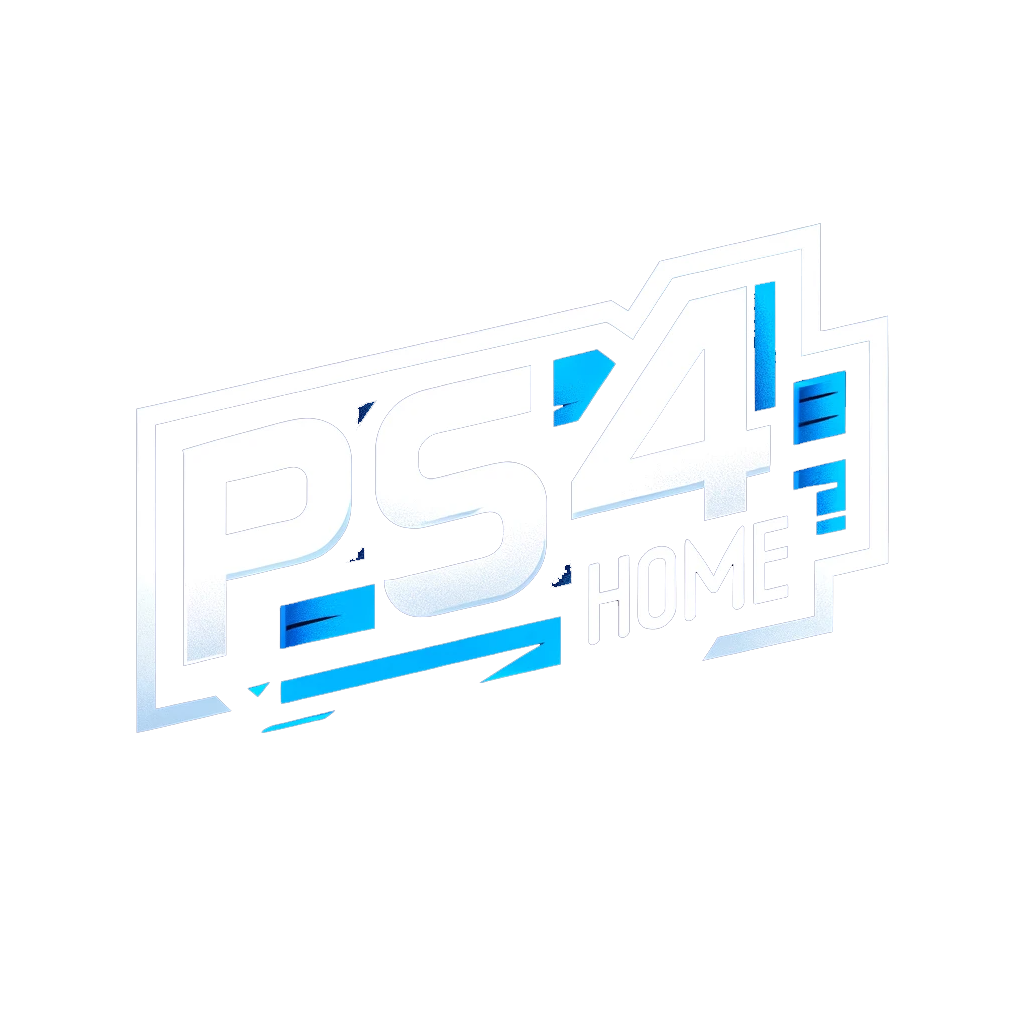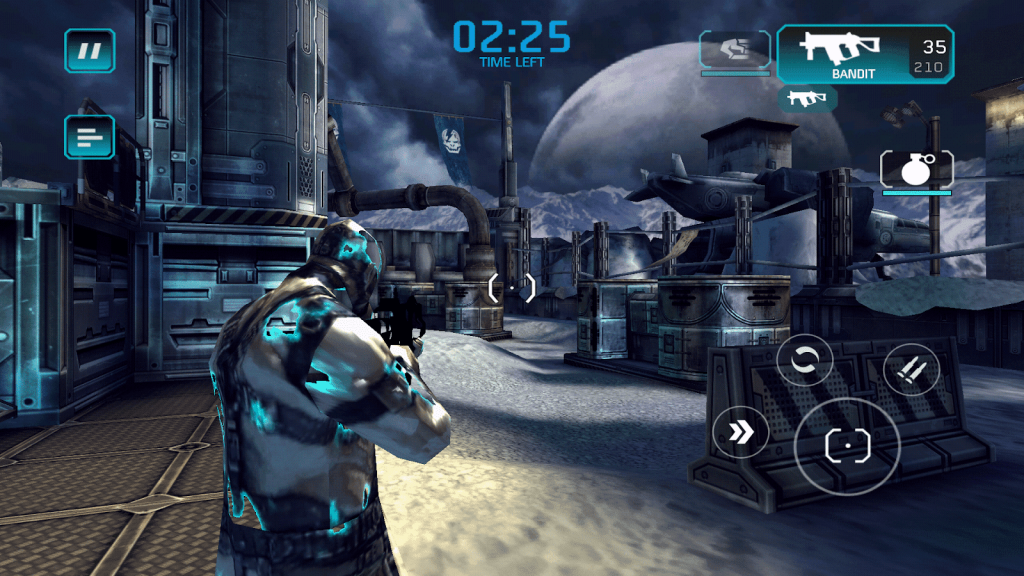Unity is one of the most popular game engines in the world, with over 3 billion devices running Unity-authored games. That said, it’s clear that performance optimization is a key part of building successful games on Unity. This article will explore how to optimize your game for smooth performance across multiple platforms using some simple tips and best practices.
The Importance of Performance Optimization in Unity Games
As a game developer, you want your game to be the best it can be. You want to make sure that your players have an enjoyable experience with your game and that they can play it without experiencing any lag or slowdown.
The good news is that Unity has plenty of tools to help improve performance optimization in games created by developers all over the world. But how do you know if your game needs optimizing? How do you go about optimizing it? This article will answer these questions and more!
Identifying Bottlenecks: Profiling and Analyzing Performance Issues
You will want to identify performance issues before they become problems. To do this, you need to know how Unity handles its workload. If you’re unfamiliar with the process of profiling and analyzing game performance, let me give you a quick rundown:
- Profiling is the process of identifying which parts of your game are taking up the most resources (such as CPU time) so that you can optimize those parts first. The more efficient these sections are, the fewer resources they will use when running in real-time environments such as mobile devices or consoles.
- Analyzing involves looking at data from profilers like Unity’s own built-in profiler or third-party tools like RenderDoc or GPU PerfHUD; here we’ll focus on using Unity’s built-in toolset only though!
Testing and Benchmarking: Ensuring Smooth Performance on Target Platforms
Benchmarking and testing your game on target platforms is a crucial step in ensuring smooth performance. You should test the game on multiple devices, including those with
low-end hardware and older graphics cards so that you can identify any potential bottlenecks early on in development.
You can use Unity’s built-in performance monitor to get an overview of your app’s CPU usage, memory usage, and frame rate (FPS) at any point during gameplay.
The Profiler window gives more detailed information about what parts of the code are being executed when the game is running – this allows developers to identify areas where optimizations may be needed in order for their game to work well across different platforms
Mobile Optimization: Maximizing Performance on iOS and Android
Mobile optimization is a critical aspect of game development, especially when targeting the iOS and Android platforms. To maximize performance on the two most popular mobile platforms, Unity game development services must employ different strategies. This includes optimizing resource usage, such as textures, models, and audio files, to reduce memory footprint and load times. Implementing efficient rendering techniques, such as level of detail (LOD) systems and occlusion culling, helps maintain smooth framerates and improve overall performance. Additionally, optimizing input handling, minimizing network traffic, and leveraging platform-specific features and APIs contribute to a seamless and enjoyable gameplay experience on mobile devices. By focusing on mobile optimization, developers can ensure their Unity games run smoothly and efficiently on iOS and Android, reaching a wider audience and maximizing player satisfaction.
Conclusion
It’s important to remember that optimization is a process, not a single event. You should always be looking at ways to improve performance and make your game run smoother. This can include testing on target platforms and devices, benchmarking against other games in your genre, and even doing some basic profiling of assets or scripts that seem like they might be causing problems.
This post didnt have a specific author and was published by PS4 Home.

